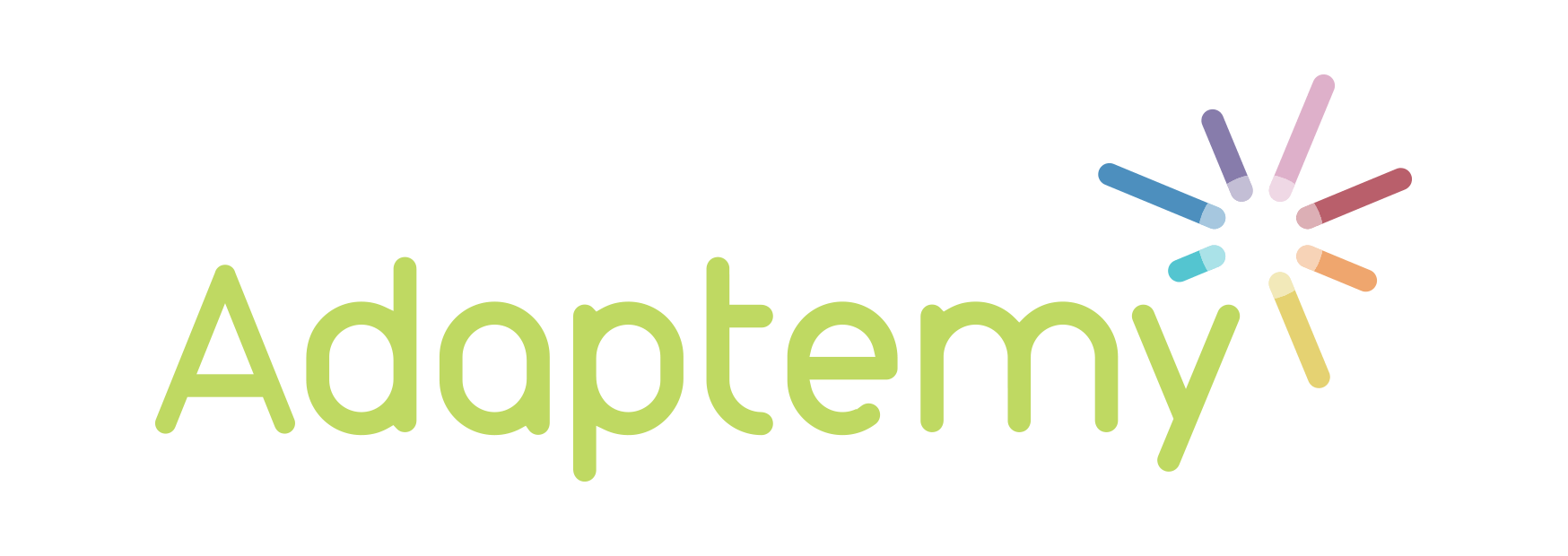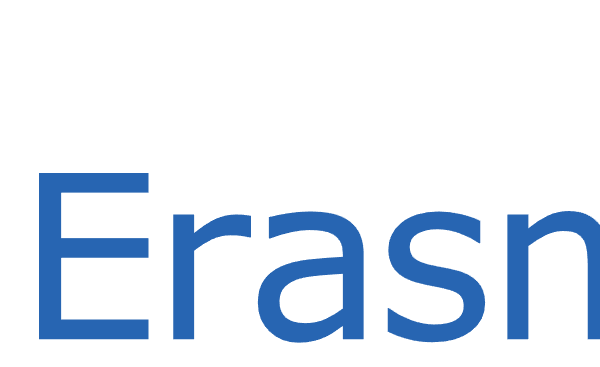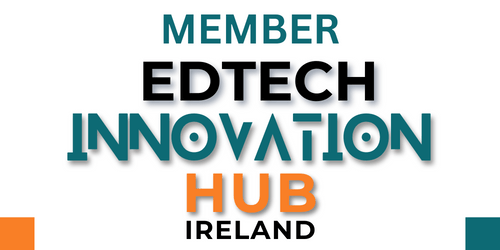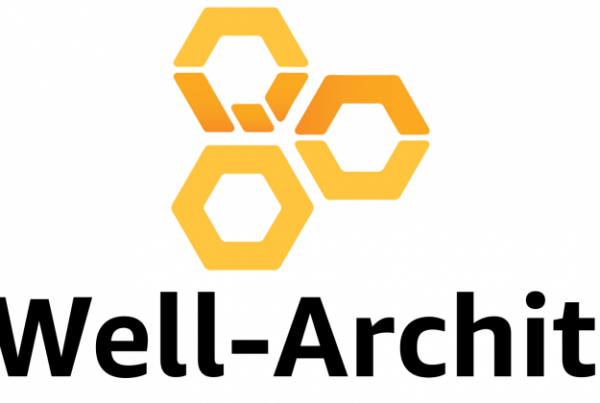
EdTech. It has been heralded as the solution that will take educational publishing from its leather-bound roots to a shiny, tech-led future. It has been sold as a silver bullet; the cure-all solution that will reimagine the classroom. And yet rumours consider it a heavy, resource-draining requirement that publishers must embrace to ‘stay ahead’.
And the truth? None of these prophesies are realised.
Education, being the nebulous web that it is, could never be ‘solved’ with a single silver-lined solution. And indeed, EdTech is an expansive term, referring to many digital solutions that make up a whole. Neither it, nor its parts, are bullet-like in delivery.
Heavy and duty-bound it is not either. There are chinks in the armour of this buzzword that make adopting EdTech solutions straightforward, profitable and, dare we say, quick.
Taking the four most common concerns of publishers wanting to ride the wave of EdTech, and specifically invest in adaptive learning, we’ll demonstrate how this can be one tide that leaves you high, dry and a good deal better off.
Our overview focuses on four key questions. How do I prove it? How do I build it? How do I sell it? How do I integrate it?
Proving it: Adopting EdTech is a huge and ambitious project
EdTech, and specifically adaptive learning solutions, are often considered big projects that will happen sometime in the future. They therefore require strong economic justification or blind faith.
The truth is, adaptive learning does not have to be a huge nor ambitious project. We advise clients to create a focused initial product with a measurable solution, such as a homework practice product.
This can be deployed in 3-6 months and has the greatest, immediate impact on learning outcomes and engagement. With a focused objective, the value of the technology can be proven.
Building it: How do I begin?
Translating traditional text book content into a digital format can seem overwhelming and this is the biggest concern for publishers we speak to.
With a deep understanding of both education and publishing, we’ve built tools that make it easy for a publisher to build a product. These combine curriculum design, authoring and configuration tools. Publishers undertake a short training session which builds on their existing skillset and enjoy simple workflows that make building an adaptive learning product effortless.
Combined with a proof-of-concept approach to deployment, this ensures buy-in while exploring the reality of taking the solution curriculum-wide.
Selling it: Will I ever convince a school to take it?
Digital-ready offerings shine brightly for teachers as they search for future-proofed publishers. Even if a school is not actively using a digital offering today, a strong product will put a publisher ahead of the competition.
Thereafter, a few hurdles lie. There is the logistical, digital device question. Where and how often can a student access a tablet, mobile and desktop? This is solved by either the school, government funding or parental support depending on the context and country.
In addition, teachers may resist technology. It threatens to displace a teacher’s sense of self and competence. Indeed, introducing adaptive learning to the classroom puts students centre-stage, knocking even the most adaptable professionals off their perch.
The easiest transition for a teacher then, is not changing how they teach but adjusting how they set homework. This gentle introduction combined with effective, informative marketing can win over the hearts and minds of teachers.
Integrating it: Will this integrate with existing technical solutions?
The answer is always yes, particularly with adaptive learning. A truly adaptive solution adjusts not only to the learning path of the user, but to the context of its environment. Technical integration is rarely a problem for experienced solution providers.
If you’re on the cusp of adopting an EdTech solution into your publishing house, these four quarters of advice will help you navigate the waters.
- Proving it – Run a proof-of-concept to demonstrate the effectiveness of the EdTech solution.
- Building it – Seek out a technology partner that understands how publishers create content and can work within your existing methodologies to build a product.
- Selling it – Start with a small and measurable solution to win over hearts and minds.
- Integrating it – Experienced solution providers will integrate well with your existing technologies.
To learn more about Adaptemy and how we partner with publishers to help them grasp the opportunity of EdTech, email us at hello@adaptemy.com, or phone us in Dublin on +353 76 888 6150.




